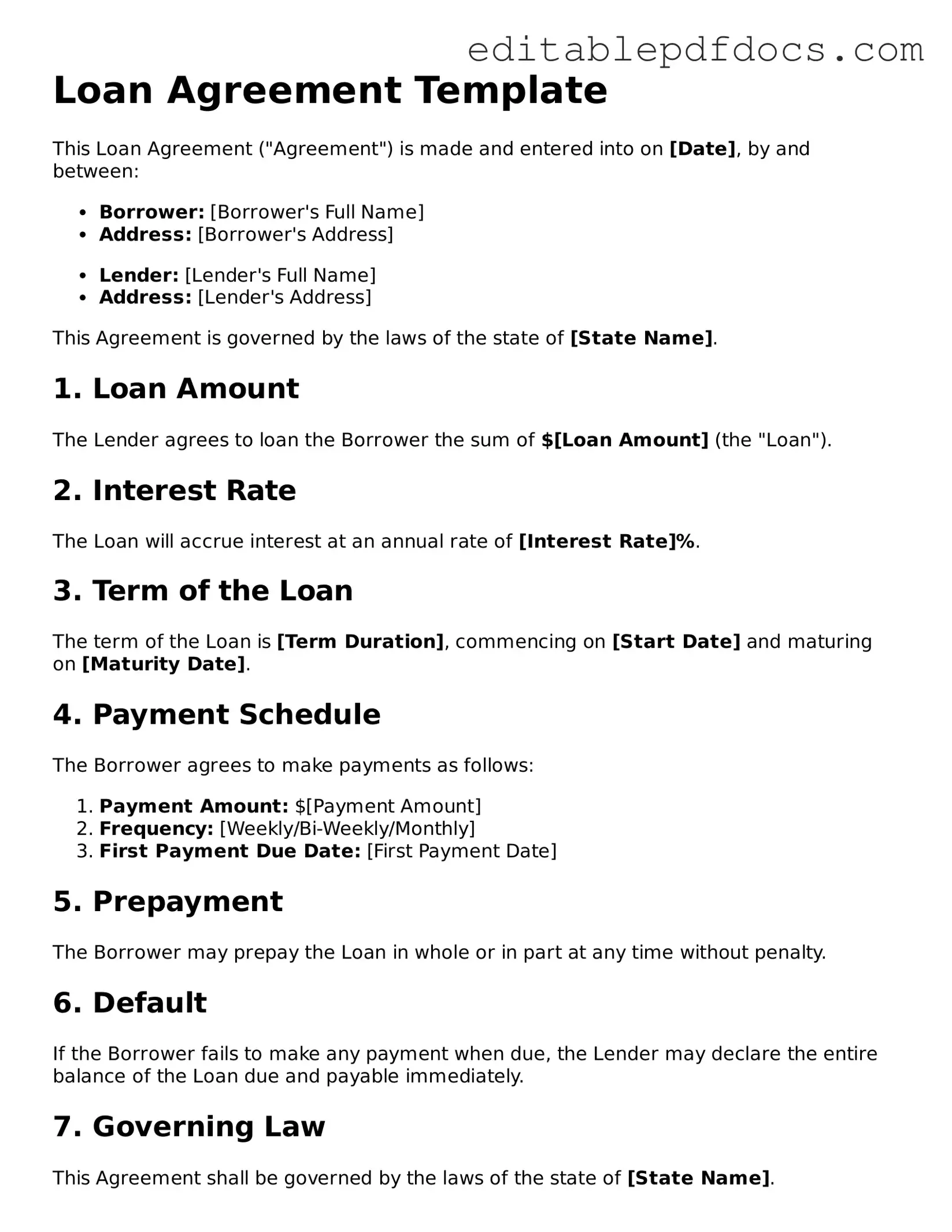Filling out a Loan Agreement form can be a straightforward process, but mistakes can lead to complications down the line. One common error is failing to provide accurate personal information. Borrowers often overlook the importance of double-checking their name, address, and contact details. Incorrect information can delay the loan approval process or even result in denial.
Another frequent mistake is not specifying the loan amount clearly. Some borrowers might write an ambiguous figure or forget to include decimals. This lack of clarity can lead to misunderstandings between the lender and borrower, potentially resulting in disputes over the loan terms.
People sometimes neglect to read the terms and conditions thoroughly. Skimming through the fine print may seem tempting, but it can lead to unexpected fees or obligations. Understanding the repayment schedule, interest rates, and any penalties for late payments is crucial for making informed decisions.
Additionally, borrowers may fail to include necessary signatures or dates. A Loan Agreement is not legally binding until it is properly signed and dated by all parties involved. Omitting these elements can render the agreement void, causing significant delays in the loan process.
Another mistake involves not providing adequate documentation. Lenders often require proof of income, credit history, and other financial information. Failing to submit these documents can hinder the approval process or result in unfavorable loan terms.
Lastly, some individuals underestimate the importance of consulting with a financial advisor or legal expert. Relying solely on personal judgment can lead to errors in understanding the implications of the agreement. Seeking professional advice can help clarify any uncertainties and ensure that the Loan Agreement aligns with one’s financial goals.
